How to Choose a Vacuum Cleaner
Today, there are so many different vacuum cleaner models that it’s really hard to make a choice because you have to consider so many different things. For example, people that have small apartments with simple designs might like vacuum cleaning robots, and those who have pets might like a washer. Or maybe you need a simple and not-so-expensive vertical vacuum that looks more like a mop.
5-Minute Crafts is going to tell you about things that are important to remember while shopping for a new vacuum cleaner.
Types of vacuums
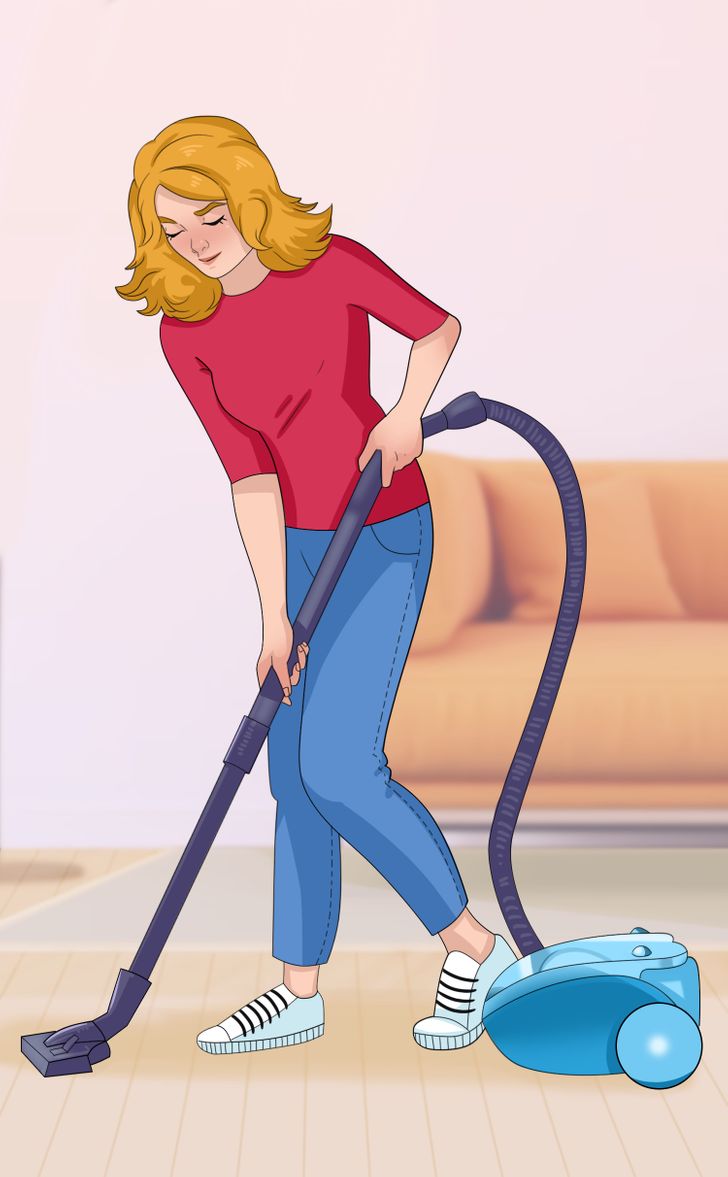
Modern canister vacuum cleaners can be pretty light and easy to move, and they are good at different tasks thanks to a flexible hose, long tubes, and different attachments. Such vacuums are good for different types of dirt and surfaces, can work with pet fur, and are also great for carpets, curtains, walls, furniture, and hard-to-reach spaces.
They are great for medium and big apartments, but thanks to the power of the big engine, they are not very energy-efficient. It’s hard to find enough space to store such vacuums in smaller apartments.
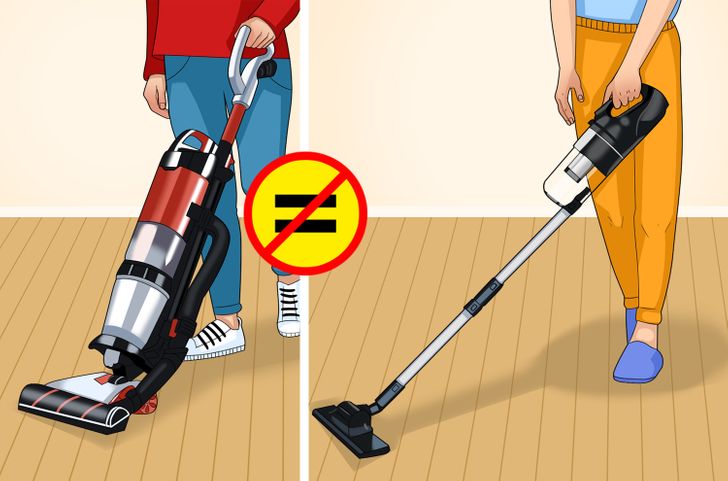
Classic vertical vacuums have elongated bodies that go along the pipe. In most situations, they are easier to store because they’re small. Most models are good for carpets. They might have a motorhead, which is great for collecting trash, including hair and fur. But it’s difficult to use them to clean under the bed unless you have some special attachments. Such models can’t be lifted to clean anything vertical.
There are some models that have a small engine, and the duster is above the handle. When the pipe is disconnected, they turn into handheld devices and are great for collecting dust and dirt in hard-to-reach spots. The power of such a vacuum is not that high, but it’s much more energy-efficient.
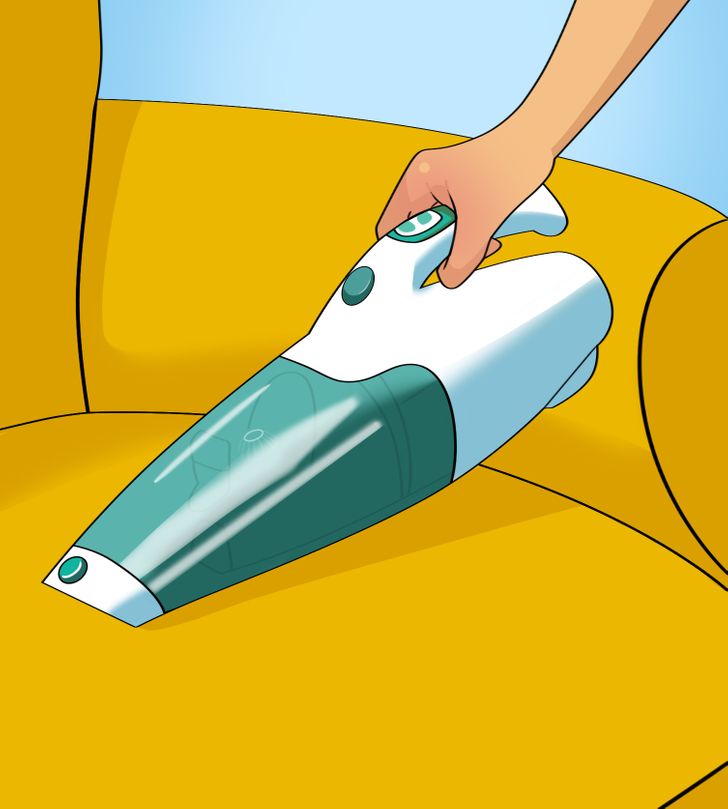
Handheld vacuums are usually bought for cleaning cars, but they can be great for small apartments when you need just a bit of cleaning. They’re small and light, have batteries, and don’t need a lot of space for storage. But on the other hand, if you need to do a major clean, they’re not reliable.
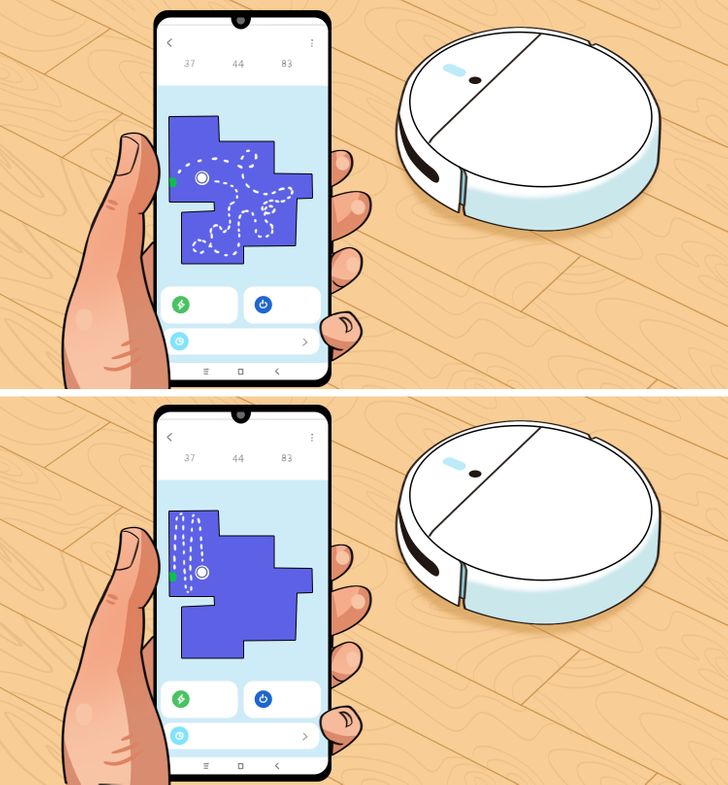
Depending on the model, robot vacuums can clean the dust and carpets and even wash the floor, killing bacteria with UV light and detergent. Thanks to the sensors, they can see objects around themselves, avoid them, and even cross some small obstacles. They have batteries, so they might go to the charging station and then continue cleaning. On the other hand, if there’s a lot of furniture legs around or cables and other stuff, such vacuums will have a hard time cleaning without your constant supervision.
It’s also important to note how a robot vacuum moves: cheaper models go around the space in a chaotic order, which makes the cleaning less effective. So it’s better to buy the models that create a map of the space, calculate the optimal itinerary, and then move accordingly. Even if this robot has to go to the charging station, at least a part of the room will be clean.
Types of cleaning
Most vacuums are made to collect dust and small trash. And the filters inside clear the air and let it back out.
There are models that can also wash the floor. Such vacuums are more expensive, but they are a better choice when you need to do a lot of cleaning in a big space, especially with kids or pets in it. But remember, before you buy such a model, find out of it’s recommended to wash laminate floors with it.
Types of filters for clearing the air
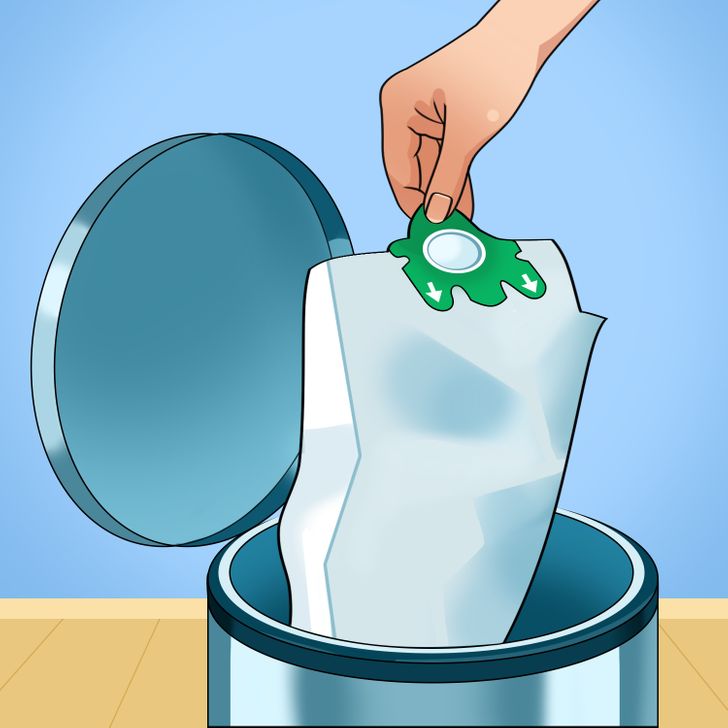
- Most vacuums have a duster inside them. It may be disposable (made of paper or synthetic material) or reusable (made of fabric). A good duster has a high level of filtration, and when you take it out, the dust should remain inside. Some dusters are covered in an anti-bacterial solution. You should also know that some vacuum models can only have specific dusters from a certain brand. So it’s better to buy the models that can go with any duster.
- Cyclone filters are used in vacuums designed for cleaning without water. The air that gets inside is cleared and it goes around so that dust and dirt that gets in stays on the walls of the container. The dirt goes into the trash bin and the container can be cleaned with a wet cloth, depending on the recommendations from the manufacturer. The filters can be washed.
- Water filters are used not only in the vacuums that can wash. It’s designed like this: The air gets into a container with water where all the dust and dirt remains. The air comes out clean and humidified. Some models can even ionize the air. But after each use, such a filter has to be thoroughly cleaned and dried.
Important: With washing vacuums, the filtration system is different. During cleaning, the water gets from the container and onto the surface, and then the vacuum sucks it back along with the dust. After cleaning, you just need to remove the dirty water. You can clean carpets, furniture, and even wash windows.
Coarse air filters
They are necessary to protect the engine of the vacuum. Without them, dust and dirt might get into the engine and make the power lower. Such filters are usually made of foam or microfiber and placed between the duster and the engine. Depending on the model, it should be changed about once a year.
Fine air filters
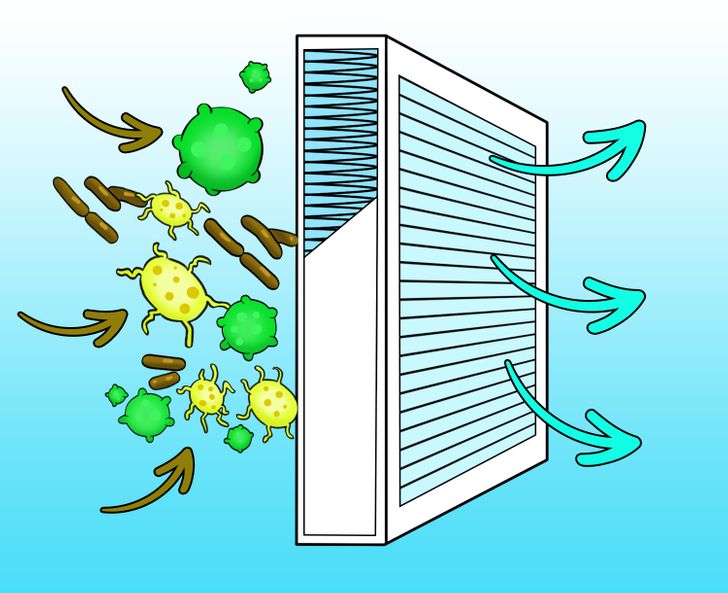
They clear the air before letting it back out. Many models have HEPA filters that can retain the smallest dust particles together with viruses and bacteria. The better the class of the filter (from E10 to U17), the more effective it is. Most filters like these are disposable and should be replaced about every 1-2 years. But there are also models you can use several times after you wash them with water and dry at room temperature.
What type of vacuum you need if you suffer from allergies
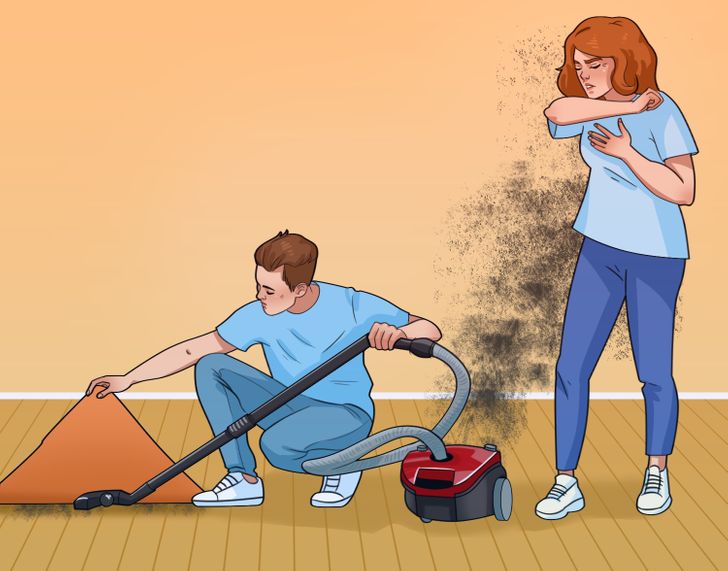
- Buy a model with good sucking power, as they can collect all the dust, dirt, and hair from any surface, including carpets with long fibers.
- The duster is supposed to keep the dust and dirt safely inside to minimize contact with allergens. It can be a disposable paper duster or a water filter because, if you use a cyclone-filter vacuum, you might have to breathe in air filled with allergens when cleaning it.
- You should at least use an H14 HEPA filter. Such filters can collect and hold the smallest allergens. The coarse filter should have an anti-bacterial cover that can kill the microorganisms in the air.